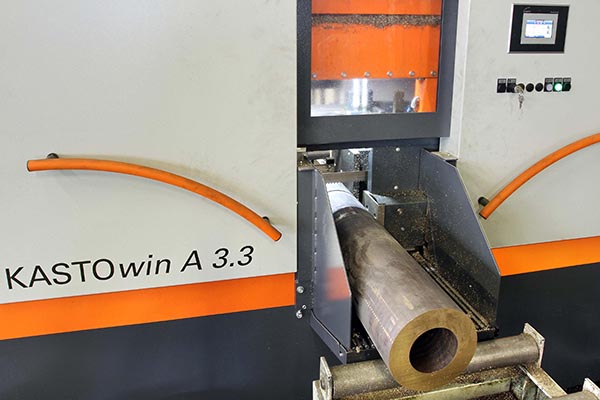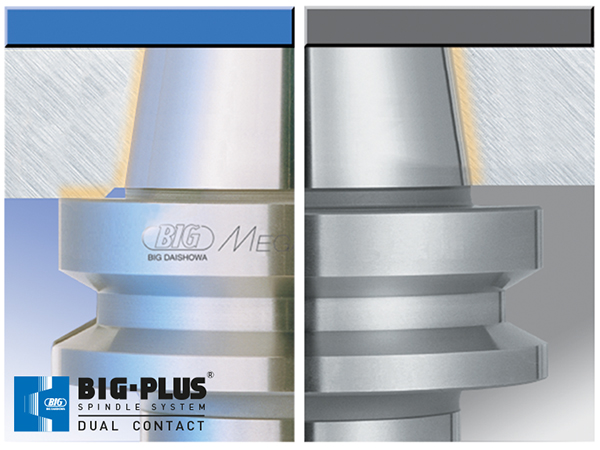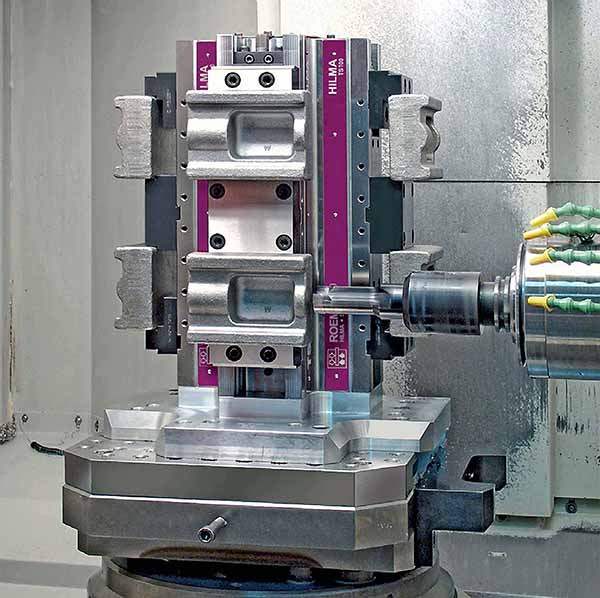The smallest model in the range of eight KASTOwin automatic bandsaws was exhibited on the Kasto stand at last month’s Southern Manufacturing 2019 exhibition. The saws are suitable for processing a variety of materials in stockholding and manufacturing across diverse industry sectors such as automotive, aerospace and general engineering.

Incorporating many features that are said to boost productivity, the KASTOwin 3.3 on show had a maximum cutting capacity of 330 mm, which rises to over 1 m for the largest model. The machines are suitable for the mass production sawing of solid material, tube and profile. In addition to five standard models, there are three further variants: one specifically for processing additively manufactured parts; an up-stroking machine intended for tube cutting; and a saw designed for use with carbide blades.
The bandsaws feature a frequency-controlled drive that enables cutting speeds of 12 to 150 m/min. Importantly, the saw band is hydraulically tightened and looped around band guides that have interchangeable carbide inserts, saving the cost of replacing an entire carbide guide. A touch-screen SmartControl monitors and controls all relevant order requirements and sawing parameters using an in-built material library.
Also worthy of note, ball-screw drives have replaced hydraulics to ensure tight control over material feed movements. KASTOrespond measures the force on the band and continuously optimises down-feed pressure to keep the chip load constant. This function allows the machine to adapt to material quality, shape and heterogeneity, maximising productivity and blade life,
and virtually eliminating scrap, says Kasto.
For further information www.kasto.com























